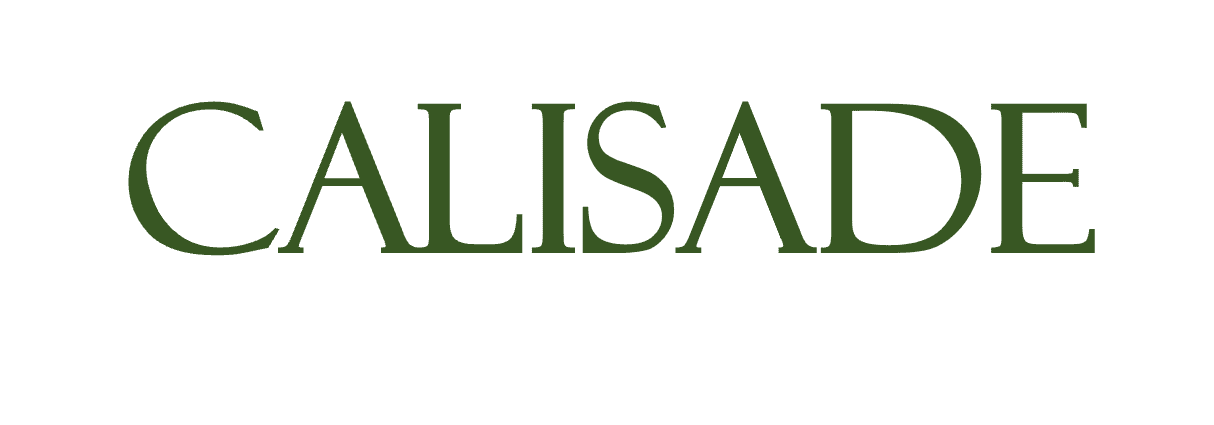An Economic Death Sentence Reprieve
Markets got a jolt of relief earlier today after President Trump announced a temporary reduction in U.S. tariffs for all countries that hadn't implemented retaliatory tariffs down to 10% for a 90-day negotiation window. At the same time, the administration doubled down on tariffs targeting China in response to their recent retaliatory measures - bringing their tariff rate up to 125% - this move to lower the overall tariff rate has had a powerful calming effect on global markets. Europe was granted a reprieve for the retaliatory tariffs they had announced because they had not yet been implemented.
We’ll break down the implications in two parts: first, the significance of the tariff reduction for the broader economy and financial markets; and second, the less-discussed escalation with China that could pose ongoing risks to China-linked equities.
Part 1: A Critical Pressure Release for the Economy
Prior to this announcement, bond markets were flashing worrying signals. Treasury yields were rising—not in tandem with strong economic data, but despite mounting uncertainty. In normal conditions, uncertainty drives a flight to safety and pushes yields down. This divergence raised red flags among market observers.
Some analysts warned that the yield anomaly may reflect foreign selling of Treasuries in retaliation for U.S. trade aggression. Others suggested the issue may stem from liquidity dysfunction—a potentially more serious systemic risk. If true, this could have been an early sign of a 2008-style credit crunch brewing beneath the surface.
Trump’s decision to lower tariffs delivered a substantial release valve on the pressures building in the market. All major indexes rallied massively on the news. The S&P 500 finished up 9.52%. The NASDAQ finished up 12.16%. The energy sector—often a canary in the coal mine for economic momentum—popped meaningfully as well.
While it's hard to say that markets have interpreted the 90-day window as "letting the good times roll again," it keeps open a much more favorable path for equities than an extreme tariff regime was set to bring.
The reduced rate leaves the door open to resolution without too much collateral damage. While the possibility still exists for high tariff rates, should negotiations fail, it seems indicative of a White House that is willing to make a deal rather than force a restructuring of global trade and reshoring of American manufacturing at all costs. It suggests a symbolic reset that offers breathing room for businesses, consumers, and policymakers alike.
In addition, it buys the Trump Administration time to pass tax reduction and deregulation legislation that they believe would also lessen the burden of tariffs, to the extent they are ultimately implemented.
Part 2: The China Situation Worsens—But China-Exposed Stocks Rally Too
While the overall market sighed in relief, investors seem to have glossed over a significant new escalation: tariffs on China were actually increased. This came in direct response to Beijing’s own retaliatory steps, and it marks a clear hardening of the U.S. posture.
Despite this, China-linked names such as Apple, Nike, and Best Buy also rallied on the day's news. That may prove to be a misread - or simple demonstration of the extent to which such stocks can move based on index buying, especially from technically oversold conditions.
The fundamental reality is that companies with heavy exposure to China remain in a very challenging situation. While some of the China names maintain significant gross margins, the bite of 125% COGS increases on China-sourced parts will still hurt. Affected companies will have to either eat these costs (impacting margins), pass them along to consumers (impacting units sold), or some combination thereof. Otherwise, their hope lies with being granted a similar reprieve in the China-US trade dynamic. There are few signals at present that either side is keen to back down, however.
This disconnect presents a risk—and an opportunity. Investors would do well to separate macro relief from company-specific exposure. While today's announcement represents a substantial improvement in the prospects for a favorable resolution to the trade war, it's far from over.
Final Takeaway
Trump’s temporary tariff reduction gave markets the reprieve they needed to stabilize after a period of erratic signals and deepening fears. But investors shouldn’t mistake a sigh of relief for a clean bill of health. Tariffs - even at these lower levels - are still expected to add inflationary pressure to an already inflationary environment. Given that, the Fed doesn't appear anxious to cut the Federal Funds Rate in the face of adversity. So while the macro picture has brightened, we still aren't out of the woods. As it relates to companies with significant China exposure, the trek out of the woods is even farther.
At Calisade, we’re keeping a close eye on how these developments shake out across sectors. As always, dislocations between market narrative and fundamentals present both danger and upside. We’re actively evaluating names that may be incorrectly priced in this shifting environment. Be sure to sign up for one of our weekly digest newsletters - from our free Basic newsletter up to our paid institutional-grade Elite digest.
Stay tuned.

